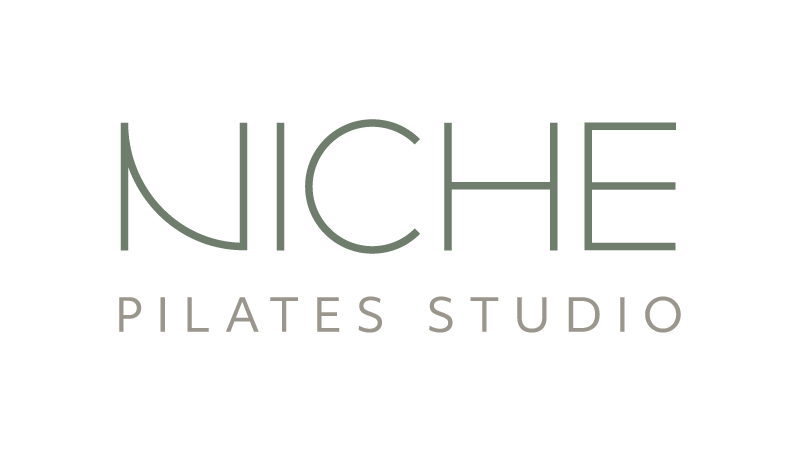Why Score a Strong Core
6 Pack Abs or More? Seek to Score a Functional Core
By: Brianna Hackley MS, LAT, ATC
We love a good pair of abs. Patrick Swayze in Dirty Dancing? Divine. Cher? Oh, who wouldn’t want ‘em? Of course, we could never forget that sweet hunk Michael B. Jordan. And, well duh, our girl J.Lo, a forever classic always coming through with the never aging abdominals anyone would die for.
Aesthetically pleasing. Erotically arousing. But, underneath a pristine six-pack, there are a few extremely important functional components to our C.O.R.E. It is not the center of our being for no reason. Read along to understand why.
What is our core exactly? It’s not just what you see on the surface. Along with our Rectus Abdominis, which everyone adores and admires, and who typically steals the show, our functional core sits behind the Rectus Abdominis, and is made up of a group of muscles that work together in a 3-dimensional space to act as a natural corset for the body. When orienting these muscles, you can think of them as if they were creating the perimeter of a box. They are as follows:
Diaphragm (superior)
Transverse Abdominis (anterior)
Internal and External Obliques (lateral)
Lumbar Multifidus and Spinal Extensors (posterior)
Pelvic Floor (inferior)
Now, I’m sure you’ve heard your pilates instructors refer to at least one of these muscles during classes, but what exactly do they do? Well, you’re in luck! I’m about to tell you.
Without your core, you are no more.
Your core is the most underrated, under appreciated, portion of the body, but it is by far one of the most pivotal groups of muscles in preventing pain and dysfunction. We can crunch, and curl the day away, but most people don’t understand how to even work this group of muscles, and even worse, some can’t even turn them on. Truly, if you don’t use it you lose it, and that brain-body connection can weaken significantly making it difficult for your core to activate during everyday activities.
I know you might be sitting there thinking, “dang it, no washboard abs, no core” but, that isn’t actually the case. Having a six pack does not necessarily mean that your core is strong. In fact, most of the strongest looking people probably still have weak core muscles. How can this be?
Most people only exercise their Rectus Abdominis by performing trunk flexion exercises like crunches and situps, or any variation of the two. This muscle sits most superficial to the surface of the body, and is typically easiest to target since flexion movements are very common throughout day to day activity, and are at the forefront of our mind. The core however, is involved in stabilization and posture. It is this group of muscles that helps us stand erect and tall. While we sit our core is working, while we stand our core is working, with each step that we take whether running or walking, jumping or swimming, pushing or pulling, our core is engaged. We don’t have to think much about it, and their job is so intricate, that to work this group of muscles requires quite a bit of intention and attention to detail. It is strengthening through our core, not our “abs” that helps us to lose inches, improve function and, oftentimes, decrease chronic pain symptoms that we may experience such as low back, neck, and even shoulder or knee pain.

